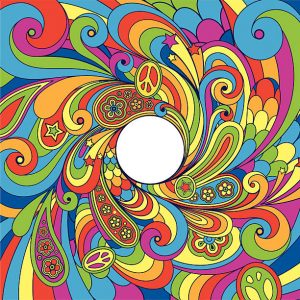
Introduction
In the time leading up to legalization of marijuana in Canada, a “green rush” swept the Toronto Stock Exchange. Money poured into companies starting up to service both the Canadian and U.S. markets. It has only been about 5 years post legalization and already there are clear signs of the impending psychedelic surge. Studies reveal naturally occurring and synthetic psychedelic compounds are showing promise in treating psychiatric and neurological conditions including depression and Post-Traumatic Stress Disorder. Just as was the case with the cannabis craze, trademark practitioners expect another blitz of trademark filings.
Psychedelics: Treatment Under Canadian Law
Psychedelic drugs are “controlled substances” under the CDSA, most falling under Schedule 3 substances. The CDSA generally prohibits all uses of controlled substances unless an exemption is granted under s.56 of the CDSA, or the regulations allow otherwise. For this reason, use of the section 56 exemption, or increased approvals under the existing regulatory process, appear to be the most likely sources of expansion of participants becoming more active in the industry. The Minister of Health can grant exemptions under section 56 of the CDSA to use controlled substances if it is deemed to be necessary for a medical or scientific purpose or is otherwise in the public interest.
Early trademark filers benefit from a less crowded register, offering greater chances of securing a registration. Psychedelics-related trademark applications seem to be entering the early stages of what experts expect may be an eventual “rainbow rush”. Trademarks Register for psychedelic-related terms already turns up two registered marks and over 60 applications, a clear sign that more and more investors are seeking trademark protection in Canada. Canadian trademark registration offers applicants several advantages, good-faith intent to use the mark is enough. Under s.18(1)(e) of the Trademarks Act the registration of a trademark is only invalid if the application for registration was filed in bad faith.
Once registration is achieved, the new-found owner may not be fully out of dodge. Section 45 of the Trademarks Act permits interested parties to seek cancellation of a registered trademark once it has been on the register for 3 years. Section 45(3) states where the trademark “was not used in Canada at any time during the three-year period immediately preceding the date of the notice and that the absence of use has not been due to special circumstances that excuse the absence of use, the registration of the trademark is liable to be expunged or amended accordingly.” In the context of psychedelics, it could take many more than 3 years before federal legalization for medical use and conceivably more than that for recreational use. This could mean that having finally achieved registration, a trademark registered in association with psychedelic-related goods and services is vulnerable to expungement for non-use.
Conclusion
Opposition and non-use cancellation remain a threat to all psychedelics-related applications and registrations, owing to the current illegality of most relevant goods and services. However, there are few downsides for applicants looking to register for psychedelic related trademarks. The lengthy first examination timeline in conjuncture with s.45 of the Trademarks Act offers applicants nearly six years before such trademarks may be removed from the registry. If the “green rush” is any indication, Canadian companies looking to establish brand awareness for their psychedelic products, benefit from filing as soon as possible.
 Copyright & Social Media
Copyright & Social Media Communications Law
Communications Law